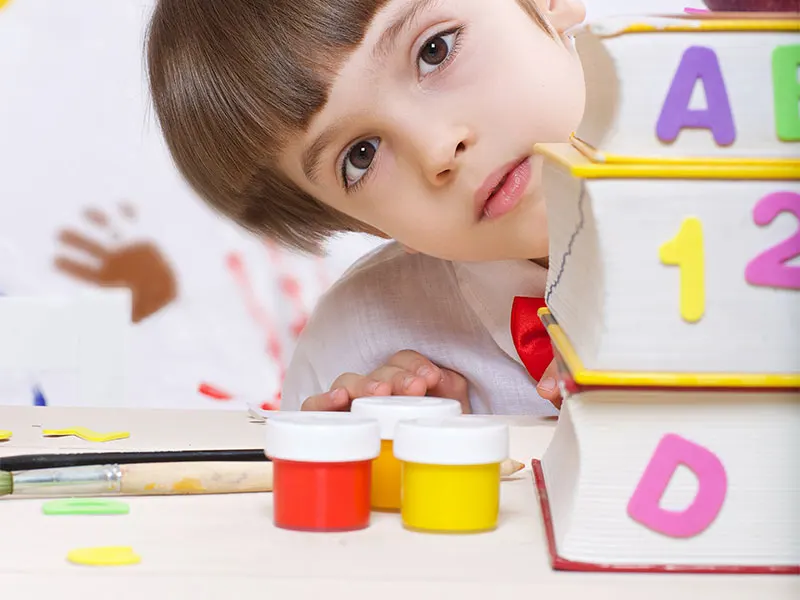
Playsourcehome – Educational toys provide a playful entry point into complex concepts like math. Young learners often struggle with abstract numbers and symbols in traditional classroom settings. These toys, however, turn numbers into something they can touch, move, and explore. Instead of rote memorization, children engage in hands-on discovery, which improves understanding and retention. In today’s fast-paced digital age, well-designed educational toys can foster focus, problem-solving, and logical thinking—all while making learning enjoyable.
Educational toys for math go beyond plastic shapes and simple flashcards. They offer interactive experiences that combine creativity with cognitive skill-building. Whether it’s through measuring, counting, or recognizing patterns, children can internalize mathematical concepts in ways that feel natural. With consistent play, young learners become more confident in their numerical abilities. Even more, these toys often invite collaboration, encouraging kids to solve problems together while building both academic and social skills.
“Read More: Music Radio Community: Digital Information Sources and Interaction with Listeners”
Many Educational toys introduce counting in fun and engaging ways. Counting bears, abacuses, and number blocks remain popular because they allow kids to visualize quantities. For example, when children stack cubes to match a number, they create a physical representation of an abstract value. Moreover, toys that include color coding—like rainbow counters or multi-color rods—can help kids link numbers with visual patterns. These early associations support later math fluency.
Understanding patterns is a foundational skill in math. Bead-stringing kits, shape-sorting boards, and sequencing puzzles help children identify, predict, and replicate patterns. These tasks seem simple, but they develop the brain’s ability to process sequences, an essential part of algebraic thinking later in school. When kids complete a bead pattern or arrange tiles by shape and color, they are unknowingly preparing for more complex mathematical reasoning.
“Read About: Rainy Day? No Problem — Epic Indoor Zones Kids Actually Love”
Classic board games like Chutes and Ladders, Uno, and Monopoly Junior promote numerical thinking without feeling like lessons. While children roll dice, count spaces, or handle play money, they naturally develop arithmetic skills. Some newer games, such as Sum Swamp or Money Bags, are specifically designed to reinforce addition, subtraction, and money management. Because board games create a competitive yet friendly environment, they often motivate children to stay engaged longer.
Technology has added a new dimension to math learning. Apps and electronic math toys provide immediate feedback, keeping kids motivated. Tools like interactive math pads, talking calculators, and smart tablets offer adaptive learning paths that adjust to a child’s pace. Although screen time should be limited, well-chosen digital tools can complement physical toys and classroom learning effectively. For children who enjoy gadgets, this approach can be especially appealing.
Many toys link math to everyday life. Pretend grocery sets with prices and scales introduce concepts of budgeting and weight. Construction kits encourage spatial reasoning and geometry, especially when kids follow instructions with measurements. Even cooking sets can include measuring spoons and recipe cards to practice volume and fractions. Through role play, children apply math in ways that mirror real experiences, making lessons more meaningful.
Not all toys are suitable for every learner. Age-appropriate choices ensure that children are both challenged and encouraged. For toddlers, simple shape sorters and stacking rings build early math concepts. Preschoolers benefit from number puzzles and matching games. Elementary-aged kids may be ready for logic games, money simulators, or beginner coding kits. Observing how a child responds to a toy can also guide adults in adjusting difficulty or introducing new tools.